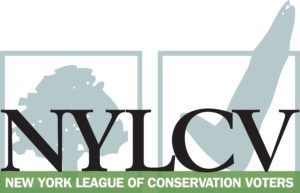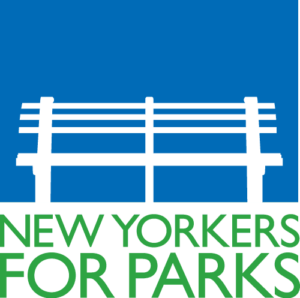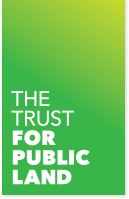


The New York League of Conservation Voters, New Yorkers for Parks, and the Trust for Public Land submitted the following statement to the Federal Aviation Administration regarding the LaGuardia Air Train:
New York City streets and highways are congested, causing significant air pollution in low income neighborhoods and communities of color. Transportation is the largest source of greenhouse gas emissions in our state. Currently, travel options to and from LaGuardia Airport are limited to street transport by private car, ride share, taxi, or bus. The proposal by the Port Authority of New York and New Jersey (PANYNJ) to build a LaGuardia Air Train connecting the airport to the Long Island Rail Road (LIRR) and 7 train stations at Willets Point will create an option to use mass transit that will alleviate congestion, reducing greenhouse gas emissions and air pollution with minimal environmental impacts.
Our organizations support the LaGuardia Air Train subject to the following conditions:
-
We appreciate the considerable strengthening of the draft environmental impact statement (dEIS) issued by the Federal Aviation Administration, which goes into much more depth about the potential environmental impacts of the proposed air train. We would prefer a more in-depth review of bus service options, including potential service improvements such as making 125th Street in Manhattan a busway and providing the Q70 with a protected bus lane on the non-Grand Central Parkway portions of its route.
-
We strongly support the inclusion in the dEIS of mitigation measures not simply to replace trees impacted by construction of the air train but to improve and enhance public access and recreation opportunities at the Flushing Bay Promenade, a park that is underutilized and in need of investment at a time when the NYC Parks Department budget has been cut. While the proposal and the memorandum of agreement between the PANYNJ and the NYC Parks Department commits $35 million for this effort, the final number should be driven by the improvements needed to ensure this is a successful public space, mindful of the challenging proximity to the highway and proposed train location. The public process to determine how to invest these funds as outlined in that agreement must ensure that the plan will enhance access to both the promenade and waterfront.
-
We strongly endorse the inclusion of the Flushing Bay Promenade Community Advisory Council in the dEIS to ensure that the community has input into what the enhanced public access and park improvements are to serve the local community as well as the broader Queens and New York City community. The Advisory Council should be continued beyond developing the plan through implementation and, possibly, an operations and maintenance plan, to ensure the commitments made are met.
-
We strongly encourage using the Flushing Waterways 2018 Vision Plan developed by Riverkeeper and Guardians of the Flushing Bay as a starting point for the public conversation about park and waterfront access and enhancements. The Plan undertook a thoughtful evaluation of the opportunities in the area and focused on community people with the waterfront.
-
We encourage the establishment of funds not only for capital improvements but also for ongoing operations and maintenance to protect the investments in the promenade. As the Play Fair for Parks Campaign demonstrates, we know that NYC Parks does not have sufficient funding to properly maintain parks properties to prevent disrepair. This project should serve as a way to build a more permanent partnership between the Airport and the community that benefits from the park.
